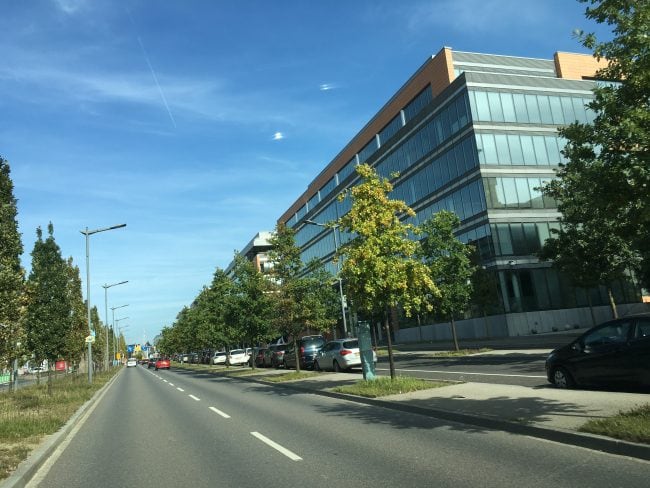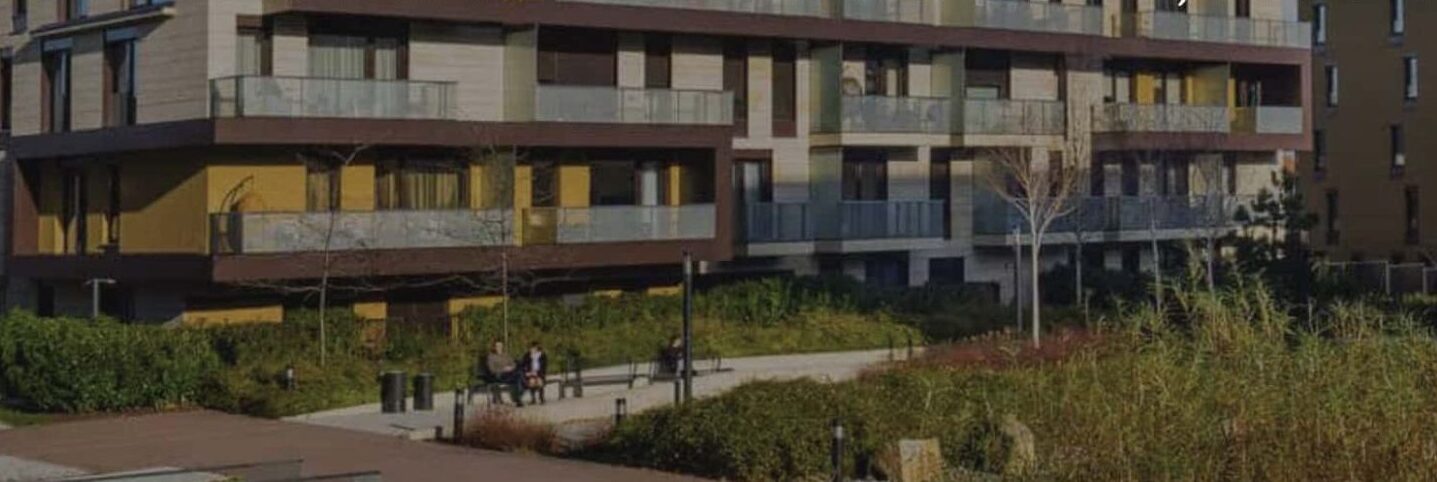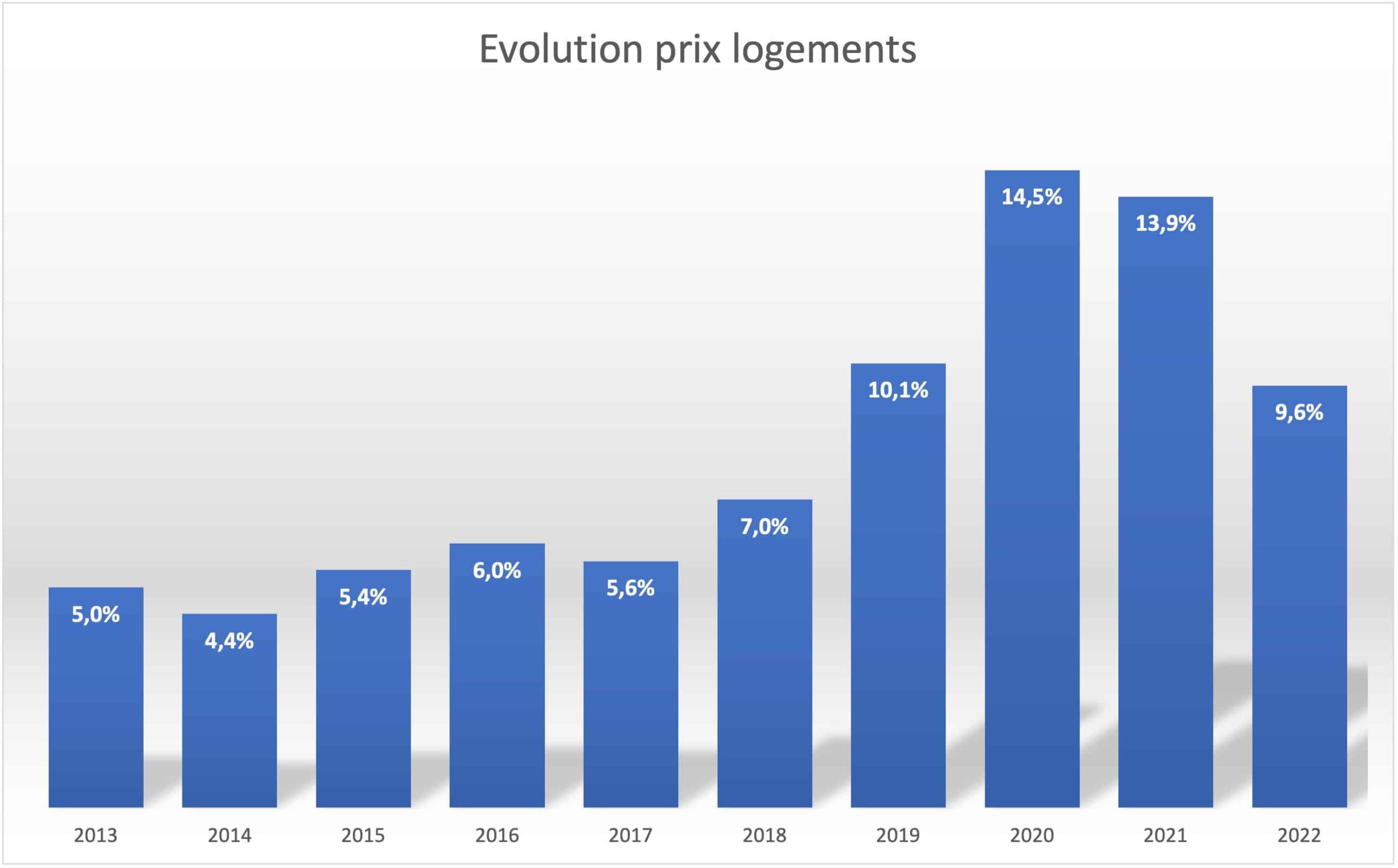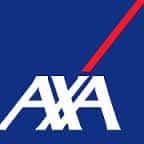The Kirchberg (Kierchbierg) district is a vast plateau in the northeast of Luxembourg City. It is one of the 24 districts of the Luxembourg capital.
The Kirchberg district is adjacent to Weimerskirch, Neudorf/Weimershof and Clausen.
Split in two by Avenue John Fitzgerald Kennedy, Kirchberg is the historic business district of Luxembourg's capital. Its development dates back to the 1950s and 1960s, in parallel with the development of the European Union.
But beyond its image as a business district, Kirchberg is also a mixed residential, cultural and leisure district. It has many assets.
Population in the Kirchberg district of Luxembourg
| Kirchberg district | Luxembourg City | |
|---|---|---|
| Number of inhabitants on January 1, 2023 | 8.746 | 132.778 |
| Number of different nationalities | 120 | 167 |
| % foreigners in total population | 73,8% | 70,8% |
Kirchberg, Luxembourg's multi-faceted district
The history of the Kirchberg district
An agricultural area until the middle of the 20th century, the Kirchberg district now enjoys a high level of economic activity. It is one of the major districts of Luxembourg's capital.
The Kirchberg plateau was transformed by thearrival of European institutions in the 50s and 60s. Its fields and farmland disappeared, to be replaced by tall buildings. In the 80s, the district experienced its full development, with the growth of financial activities in Luxembourg.
The 2000s saw a rebalancing of the neighborhood, with the construction of numerous residential buildings.
Avenue J.F.Kennedy: European Union and business in Luxembourg
With a business atmosphere during the day, the northern and southern parts of Avenue Kennedy are dedicated to European institutions and business. The tramway serves the entire Avenue from the city center to Luxexpo, while waiting for the connection to the airport.
Tall, modern buildings, a veritable architectural showcase, line the Avenue John Fitzgerald Kennedy.
Coming from the center of Luxembourg, this is where you'll find the European Towers and the European institutions. Luxembourg is a founding member of Europe and plays an active role in its institutions:
- Council of the European Union or Council of Ministers: usually based in Brussels, but the April, June and October sessions are held in Luxembourg.
- Court of Justice of the European Union: Luxembourg has been the judicial capital of Europe since 1952.
- European Court of Auditors
- European Investment Bank and European Investment Fund
- Secretariat General of the European Parliament
- Eurostat and Publications Office (Jean Monnet building)
Further along Avenue Kennedy, towards Rond Point Serra, you'll find major banks and financial companies, auditing and law firms... all prestigious names in the Luxembourg economy. and other international companies. Kirchberg is the "City of London".
Lovers of architecture will be delighted by the facades of the richly varied institutional buildings: Deutsche Bank, KPMG, Court of Justice, EIB, etc.
Kirchberg, a cultural district in Luxembourg
But Avenue Kennedy is also home to many leisure and cultural activities.
The Kirchberg is home to the Grande-duchesse Joséphine-Charlotte concert hall or Philharmonie, a superb architectural building designed by Christian de Portzamparc. Next door, the Mudam - Musée d'art moderne Grand Duc Jean - designed by architect Ieoh Ming Pei (1917-2019), presents the finest collections of contemporary art. The Musée de la Forteresse on the one hand, and the Musée Drai Eechelen and Fort Thungen on the other, complete the cultural offering on this side of the avenue. On the other hand, the LuxExpo exhibition center regularly presents events.
The Kirchberg is also home to numerous works of art and sculpture: the birdcage by Luxembourg artist Su-Mei Tse, the monumental "Exchange" sculpture by American sculptor Richard Serra, Giovanni Teconi's "Big Walking Flower", and the "Lange Bänker", depicting an austere banker...
Kirchberg, a residential district in Luxembourg
In addition to business and culture, the Kirchberg district now offers a wide range of housing. In addition to the old Kirchberg district, which has retained its more "village" feel, the area is undergoing a major transformation.
The Avenue Adenauer and the surrounding area are the scene of major construction work to create a residential community that will restore balance to the district. Today, Kirchberg is a truly mixed neighborhood, offering many advantages to its residents.
A number of major real estate projects are due to come on stream in the next few years.
Amenities in the Kirchberg district
The Kirchberg hospital and the Clinique Bohler are two of the district's major assets. They are located at the entrance to the district, near Rond-Point Serra, the A1 freeway exit?
Schools and childcare in Kirchberg
Residents of Luxembourg's Kirchberg district benefit from the presence of several basic schools, a foyer scolaire and several crèches.
Kirchberg is also home to theEuropean School. The private school Sainte Sophie is also nearby in the Weimershof district. One of the campuses of the University of Luxembourg is also located in this area.
See the education/training section for more information on schools and school systems in Luxembourg.
Transport in Kirchberg
The Kirchberg district is particularly well served. Several bus routes serve the district via Avenue Adenauer, while tramway T1 runs along Avenue Kennedy. Now connected to the funicular to and from the Pfaffenthal district, the streetcar serves the Pfaffenthal district below and connects to the main station. The tramway will eventually link the Cloche d'Or district on one side and Findel airport on the other.
The Limpertsberg and city center can be reached via the Red Bridge Grand Duchess Charlotte and the tramway.
A new tramway branch planned for 2028 will serve the Avenue Adenauer towards the European School and the Langfuur district.
Motorway access is very quick via Avenue JF Kennedy. The Serra traffic circle is a gateway to Kirchberg and Luxembourg City, with a genuine mobility hub.
The district now includes the Gernsbach P+R parking lot, a bus station, a streetcar stop and a Vél'Oh station, as well as an MBox. All in all, more than a dozen Veloh! stations are available for those who enjoy soft mobility. There's also a pleasant cycle path linking the district to Senningerberg in Niederanven.
Shops in Kirchberg
To the north of Kirchberg, the Auchan shopping center offers a 12,500 m2 hypermarket on 2 floors with free covered parking for 2 hours, a shopping mall with 50 stores and 19 restaurants. On the other side, the Infinity real estate project has brought a new shopping center since the end of 2019, opposite the Philharmonie.
Leisure activities in Kirchberg
In addition to the Mudam museum of modern art and the Philharmonie, Kirchberg is also known for its leisure facilities, including the large La Coque sports complex with its swimming pool and climbing wall, and the Kinepolis multiplex cinema.
A large green space behind the Coque lets you enjoy the coolness in summer.
Every year, the LuxExpo exhibition center welcomes thousands of visitors to its exhibitions and trade shows. It's also the starting and finishing point for theING Night Marathon, Luxembourg's biggest sporting event.
Our opinion of living in Kirchberg
Separated from the city center by the Grande Duchesse Charlotte bridge, the Kirchberg has many attractions. Nevertheless, we're looking forward to seeing more pedestrian spaces and a real sense of neighborhood life. Today, local services are mainly concentrated on Avenue JF Kennedy, to the detriment of more residential areas.
The aim today is to rebalance the ratio between housing and offices. The aim is to give this district a little more humanity.
More than 25,000 residents are expected, compared to less than 5,700 in 2017. The working population is expected to increase from 40,600 today to 64,000.
A number of new neighborhoods are currently under development: Kiem district (820 homes), Réimerwee (480 homes), Grünwald, Kennedy Sud.
The Op der Schleed project north of Boulevard Adenauer should see the construction of almost 4,800 homes, for more than 10,000 additional inhabitants within 30 years.
In addition, the Kirchberg fund, which manages the district, has commissioned an architectural firm to rethink the public spaces. The aim is to give a more human touch to this district, considered too cold and impersonal.
Shops should be added to the first floors of buildings, and street furniture should be installed to make people want to stop. Pedestrian and cycle lanes are to be integrated into the traffic arteries. A footbridge will join the city center above the Neudorf district, in the valley.
Want to find out more about Luxembourg City? Visit our dedicated page.
| Price per m2 for sale | Rental price per m2 |
|---|---|
| 12,961 euros | 33.69 euros |
| Down 2.06% year-on-year | Up 11.74% year-on-year |
| Luxembourg City comparison: 12,056 euros/m2 | Center region comparison: 30.53 euros/m2 |
More information on prices and the Luxembourg real estate market? Follow this link








